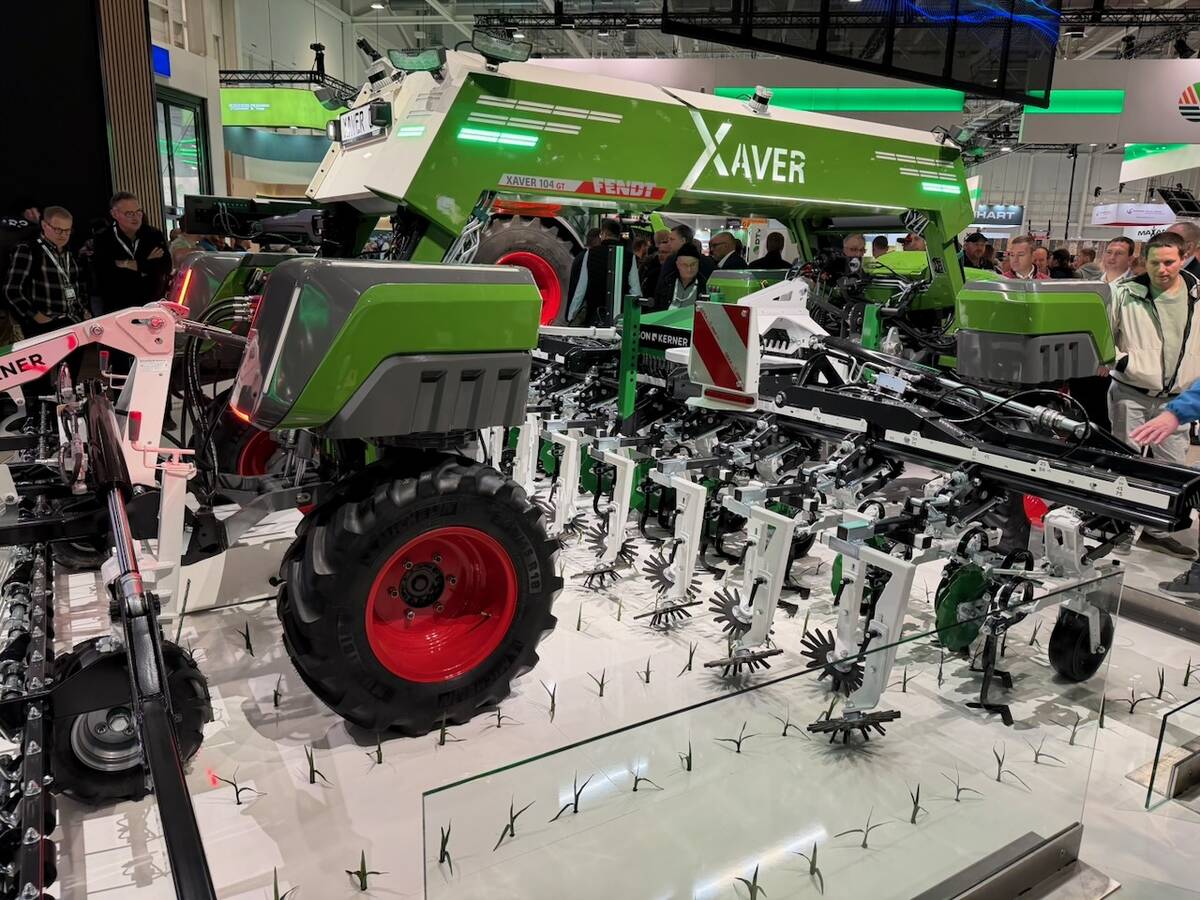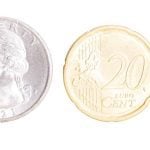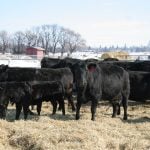New buyers Officials from Kazakhstan examine forage crops as country expands beef production
Kazakhstan is well known for its grain production.
Delegations from that country have been attending Canadian trade shows for years, looking at equipment that will work on fields and climatic conditions that are similar to those in Saskatchewan.
However, a delegation to this year’s Canadian Western Agribition was looking for something a little different — forage seed varieties.
“Kazakhstan is developing livestock protein,” said Kanat Akshalov, head of soil and crop management at the Barayev Kazakh Research and Production Centre of Grain Farming in the country’s Akmolinskaya region.
Read Also

VIDEO: Agritechnica Day 4: Robots and more robots, Nexat loves Canada and the trouble with tariffs
Agritechnica Day 4: Robots and more robots, Nexat loves Canada and the trouble with tariffs.
“After Soviet times, everything was lost. The amount of cattle dropped and forage production also followed.”
The country’s large state farms sold off their livestock to generate cash flow when the Soviet Union collapsed. Individuals and small farmers kept their cattle, and most of the country’s herd could be found in lots of one to three head owned by villagers.
The cattle are generally all-purpose and used for dairy and beef.
Beef production is now increasing quickly as the country looks to rebuild its industry with larger enterprises of up to 3,000 head each.
Kazakhstan plans to buy 70,000 purebreds from North America and Australia to cross with its own breeds, and earlier this year it resolved to become a meat exporter by 2020. It can now supply only its own needs.
“We are buying many cattle from Canada, and of course we should prepare some forage,” Akshalov said.
Officials recently announced a program to develop feed production and forage.
He said there is already some alfalfa production in Kazakhstan, and producers are starting to develop perennial, brome and annual grasses.
Seed production of native crops is also occurring, but the country hasn’t yet bought forage seed.
Akshalov said producers still have a lot to learn about which grasses they need to ensure fresh green forage throughout the season.
The delegation also met with Canadian producers to talk about rations.
Akshalov said the country has one million head of cattle. Most of the larger herds are based on Angus, Hereford and Charolais imports.
Farm enterprises are generally large at 35,000 to 50,000 acres, he added.
He said most operators are more comfortable with grain farming and cash crops such as canola, flax and legumes and don’t pay attention to developing better cattle feed.
Cattle remain outside all winter in southern Kazakhstan, similar to Canada, but in the north there are mostly smaller operations that keep their animals inside. During the Soviet era, the cattle were housed in huge barns that now have mostly decayed.
The beef industry still has advances to make in grazing management and hay storage, Akshalov said.
Hay storage mostly involves piling cut forage into stacks rather than making bales.
About 70 percent of the country, or nearly 450 million acres, is considered pastureland, but less than half is used.















